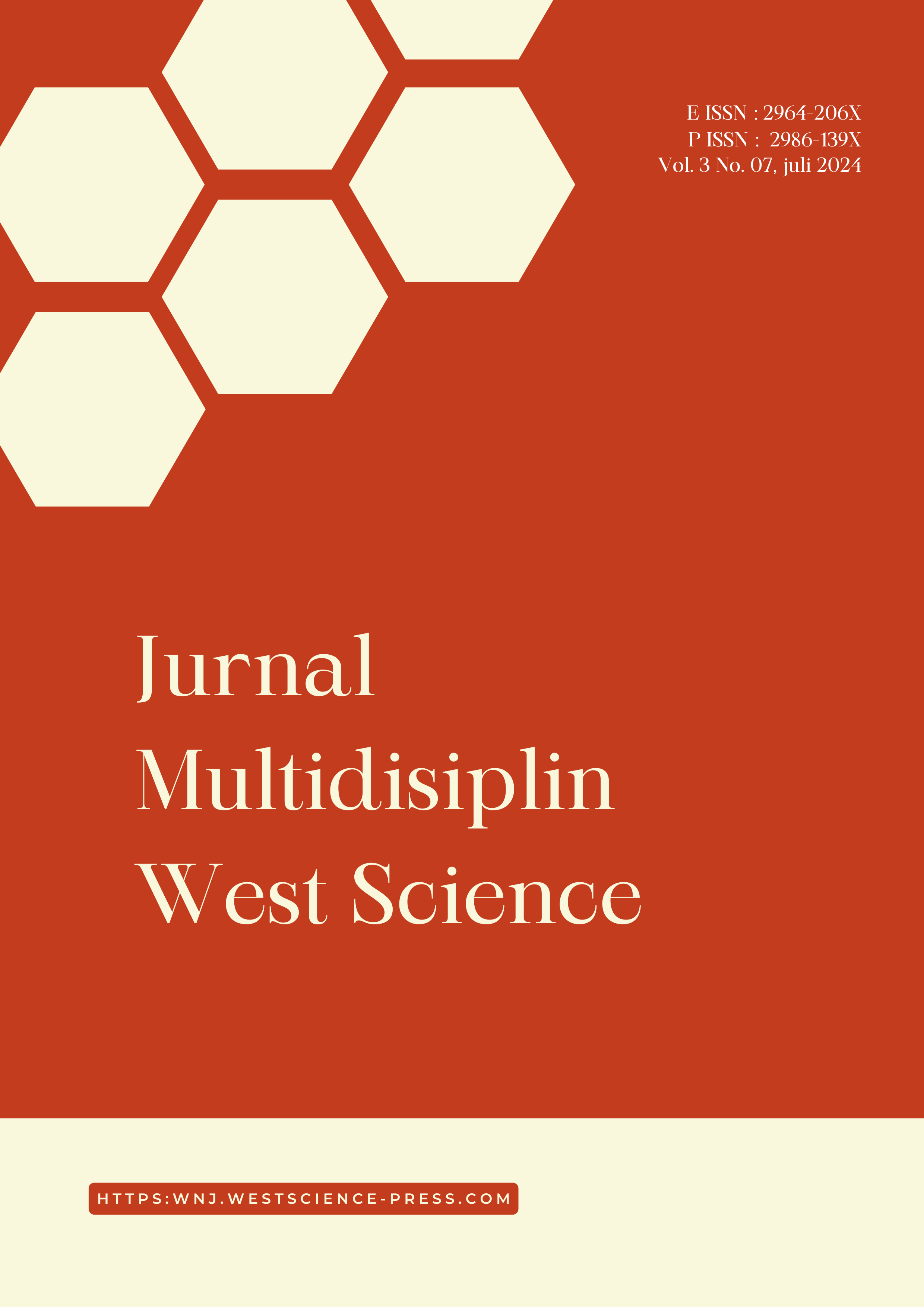Unveiling Sushi, a High-Quality Unique and Aesthetic Culinary
DOI:
https://doi.org/10.58812/jmws.v3i07.1404Kata Kunci:
Aesthetic, Culinary, Quality, Unique, SushiAbstrak
This research is a qualitative study on sushi dishes, using a phenomenological approach based on experiences in sushi preparation, deep interview, and literature study. To reduce subjective bias in qualitative research, data triangulation method based on Moleong's theory is employed. The research findings indicate that sushi faces constraints in terms of shortages and obstacles to global development. Sushi has the strength and the weaknesses’ aspect. Sushi has the opportunity for maximum growth by implementing innovative technologies. The unique and aesthetic aspects of sushi include the variety of ingredients, the preparation in rice, the presentation, the serving style, the cultural significance the seasonal variation, the skill and technique, the umami flavour, customization, and eating experience.
Referensi
Annisa, S. (2015) ‘No Title空間像再生型立体映像の 研究動向’, Nhk技研, 151, pp. 10–17.
Ayu Putu Hemy Ekayani, I., Purwanatha, I.M.H. and Damiati (2023) ‘I Made Hadi Purwanatha’, 3(1), pp. 1–10. Available at: http://10.0.93.79/jk.v3i1.60030.
Dandi (2014) ‘Sushi Makanan Jepang’, Student Research, 3(8), pp. 520–523.
Iii, B.A.B. and Pendekatan, A.J. (2016) ‘B . Setting Penelitian C . Subyek Penelitian’, pp. 35–47.
Imam, G. (2013) ‘KUALITATIF Imam Gunawan’, Pendidikan, p. 143. Available at: http://fip.um.ac.id/wp-content/uploads/2015/12/3_Metpen-Kualitatif.pdf.
Kamila, K. and Gusnadi, D. (2018) ‘Daya Terima Konsumen Pada Inovasi Salad Buah Berbasis Sour N Spices Asian Dressing Costumers Acceptance on Fruit Salad Innovation Based Sour N Spices Asian Dressing’, Applied Science, 4(3), pp. 2306–2311.
Lj Moleong (2017) ‘Metode Penlitian Kualitatif’, Metodologi Penlitian Kulitatif, (April 2021), pp. 1–9.
Moleong (2005) ‘Data primer, yaitu data yang diperoleh dari hasil wawancara secara dan pengamatan secara mendalam kepada para informannya’, p. 1.
Octaviana, P.A.P., Sudiksa, I.N. and Utama, I.P. (2020) ‘Manajemen Menu untuk Meningkatkan Profitabilitas di Seasalt Restaurant, Alila Seminyak’, Jurnal Gastronomi Indonesia, 8(1), pp. 15–22. Available at: https://doi.org/10.52352/jgi.v8i1.546.
Soares, A.P. (2013) ‘Sushi Jepang’, Journal of Chemical Information and Modeling, 53(9), pp. 1689–1699.
Tobing, D. hizki, Herdiyanto, Y.K. and Astiti, D.P. (2016) ‘Bahan Ajar Metode Penelitian Kualitatif’, Program Studi Psikologi Fakultas Kedokteran Universitas Udaya, p. 42. Available at: https://simdos.unud.ac.id/uploads/file_pendidikan_1_dir/870ba33936829bb37ecd8f62f8514ba7.pdf.
Trahutami, S.W.I. (2018) ‘Sushi : Sebuah Tradisi Dalam Modernitas’, Kiryoku, 2(2), p. 103. Available at: https://doi.org/10.14710/kiryoku.v2i2.103-109.
Waladouw, S., Sondakh, J. and Kapojos, R. (2014) ‘Penerapan Metode Activity Based Costing Dalam Penentuan Harga Pokok Produksi Pada Perusahaan Roti Lidya Manado’, Jurnal Riset Ekonomi, Manajemen, Bisnis dan Akuntansi, 2(2), pp. 1120–1129.
Unduhan
Diterbitkan
Cara Mengutip
Terbitan
Bagian
Lisensi
Hak Cipta (c) 2024 Ni Desak Made Santi Diwyarthi

Artikel ini berlisensiCreative Commons Attribution-ShareAlike 4.0 International License.



















 Instagram
Instagram 